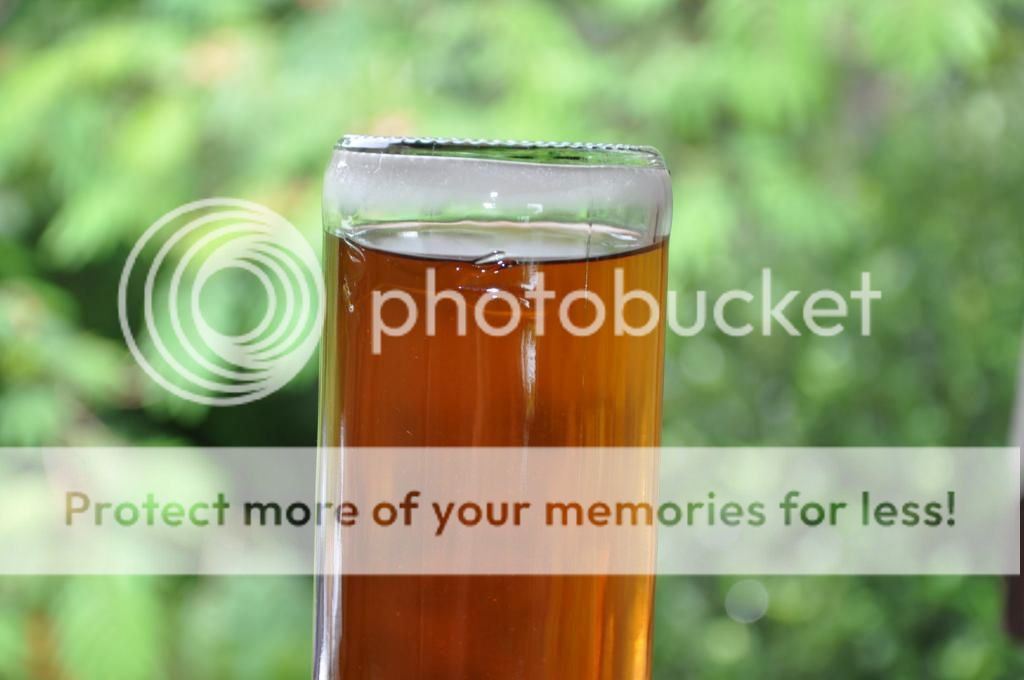feralCheese
New Member
- Joined
- Sep 25, 2013
- Messages
- 14
- Reaction score
- 1
Hi all,
I have been well and truly bitten by the brew bug, and have lost count how many kits I have done. All have turned out well (in terms of taste anyway), but I was thinking about using finings to get the end result clearer (some have turned out fairly clear and others not so).
Im currently doing the Evil Dog IPA kit and was thinking about adding some finings before bottling and secondary fermenting. Is this possible? do finings kill off the remaining yeast? I want the beer to be carbonated. Any advice would be welcome.
Thanks. :pray:
I have been well and truly bitten by the brew bug, and have lost count how many kits I have done. All have turned out well (in terms of taste anyway), but I was thinking about using finings to get the end result clearer (some have turned out fairly clear and others not so).
Im currently doing the Evil Dog IPA kit and was thinking about adding some finings before bottling and secondary fermenting. Is this possible? do finings kill off the remaining yeast? I want the beer to be carbonated. Any advice would be welcome.
Thanks. :pray:




